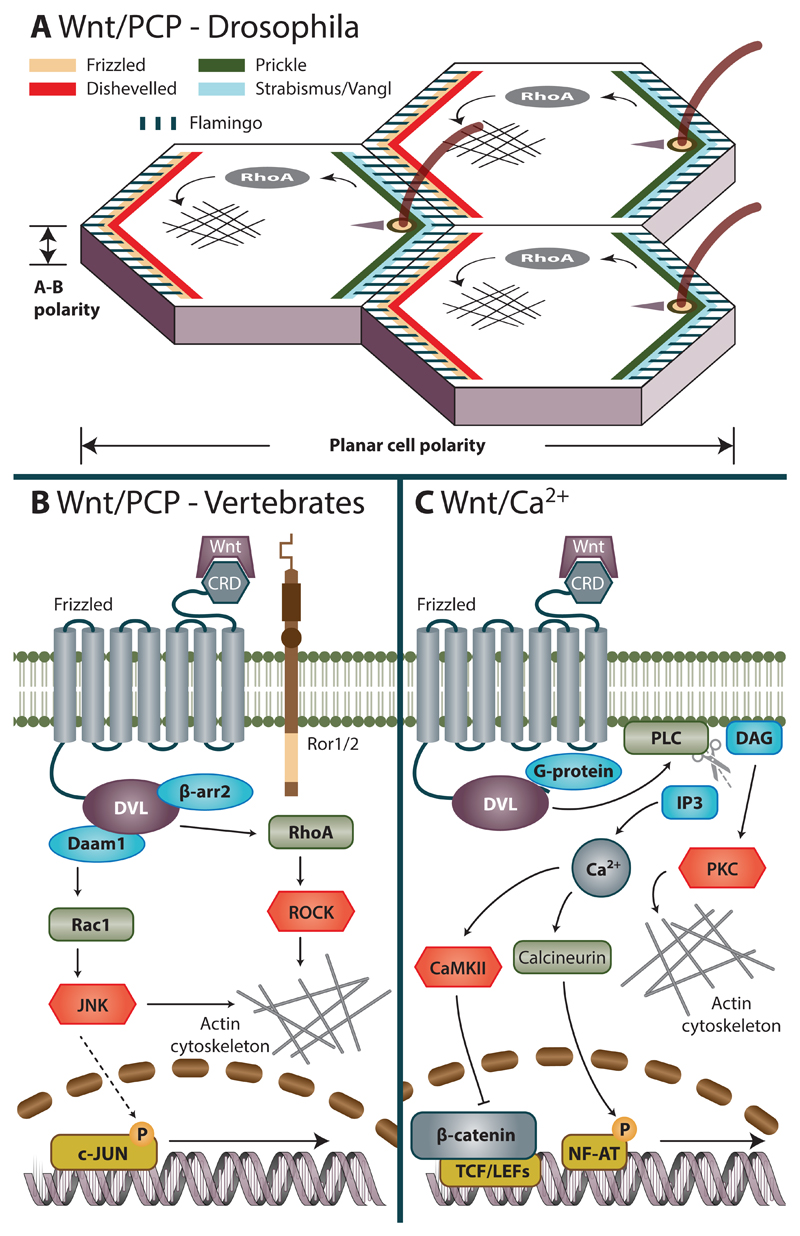Figure 2. β-catenin-independent Wnt pathways.
A. Wnt/Planar cell polarity (PCP) in Drosophila is responsible for coordinated alignment of cells across a tissue plane. Figure shows configuration of asymmetric complexes of core PCP pathway components at the cell boundary after polarity has been established. Proximal site contains Frizzled-Dishevelled-Flamingo protein complexes and distal site contains Vang-()Prickle-Flamingo complexes. This assymetric segregation arises from both intracellular cascades that perpetrate their mutual exclusion at either proximal or distal site and from their preferrential heterotypic association extracellularly.
B. Wnt/PCP pathway in vertebrates. Activation of vertebrate PCP pathway is triggered by Wnt ligand (typically Wnt5a or Wnt11) that interact with Fzd and coreceptors (Ror1, Ror2, PTK7 or Ryk) and via DVL and β-arrestin activate members of Rho family of small GTPases. Coordinated activation of downstream effectors – JNK and ROCK – induces cytoskeletal rearrangements that in turn influence processes ranging from convergent extension movements to positioning of basal bodies or cilia.
C. Wnt/Ca2+ pathway in vertebrates. Wnts were shown to induce release of intracellular Ca2+ stores that can activate a multitude of Ca2+ dependent effectors to modulate both transcription as well as actin cytoskeleton.

